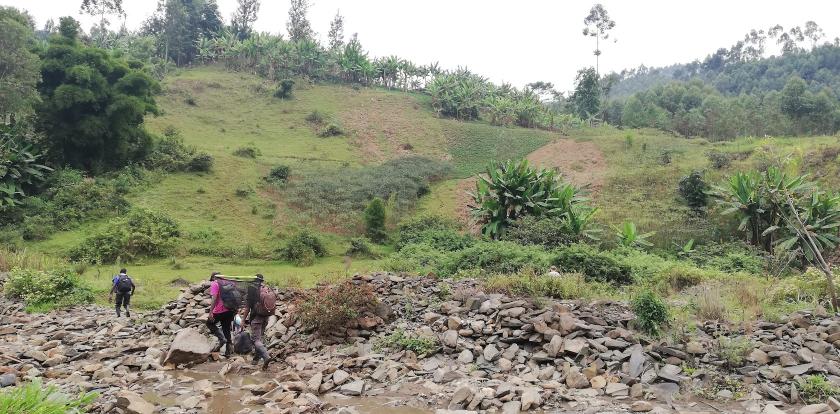
The area of the northern East African rift-valley lakes Kivu, Edward and Albert (KEA) is one of the most enigmatic regions in terms of its biogeography. The region is situated at the intersection of three major ichthyo-geographic provinces, featured a turbulent tectonic history and likely acted as a species reservoir during recent climatic changes.
Since a strong taxonomic basis is crucial to make biogeographic inferences, we are revising some key groups based on a combined morphological and genetic approach. We combine classical taxonomy with state-of-the-art genomic methods to provide a comprehensive characterisation of the understudied fish fauna of this region.
The KEAFISH project essentially revolves around three axes, combining genetics and morphology:
(1) We are conducting a region-wide genetic barcode scan (CO1) of all fish groups of the region, except for the haplochromine cichlids and complement this with additional nuclear markers when necessary. We will then try to solve the taxonomic issues revealed, to create the necessary solid base to forward evolutionary and biogeographic scenarios.
(2) Because of the uninformative nature of the results of standard sequencing techniques, such as COI-barcoding, in haplochromines, we will concentrate on whole genome sequencing for this group. We concentrate on Lakes Kivu, Edward and Albert for which we have a large coverage. The haplochromines of these lakes are at basal positions and their relationships are not yet fully understood.
(3) We will use full genome sequencing for selected non-haplochromines in order to acquire the necessary detail to finetune the evolutionary and ichthyogeographic scenarios. These include the species-rich cyprinid genus Enteromius, the widespread cichlid, Oreochromis niloticus, and the catfish species Clarias liocephalus and Clarias gariepinus.



